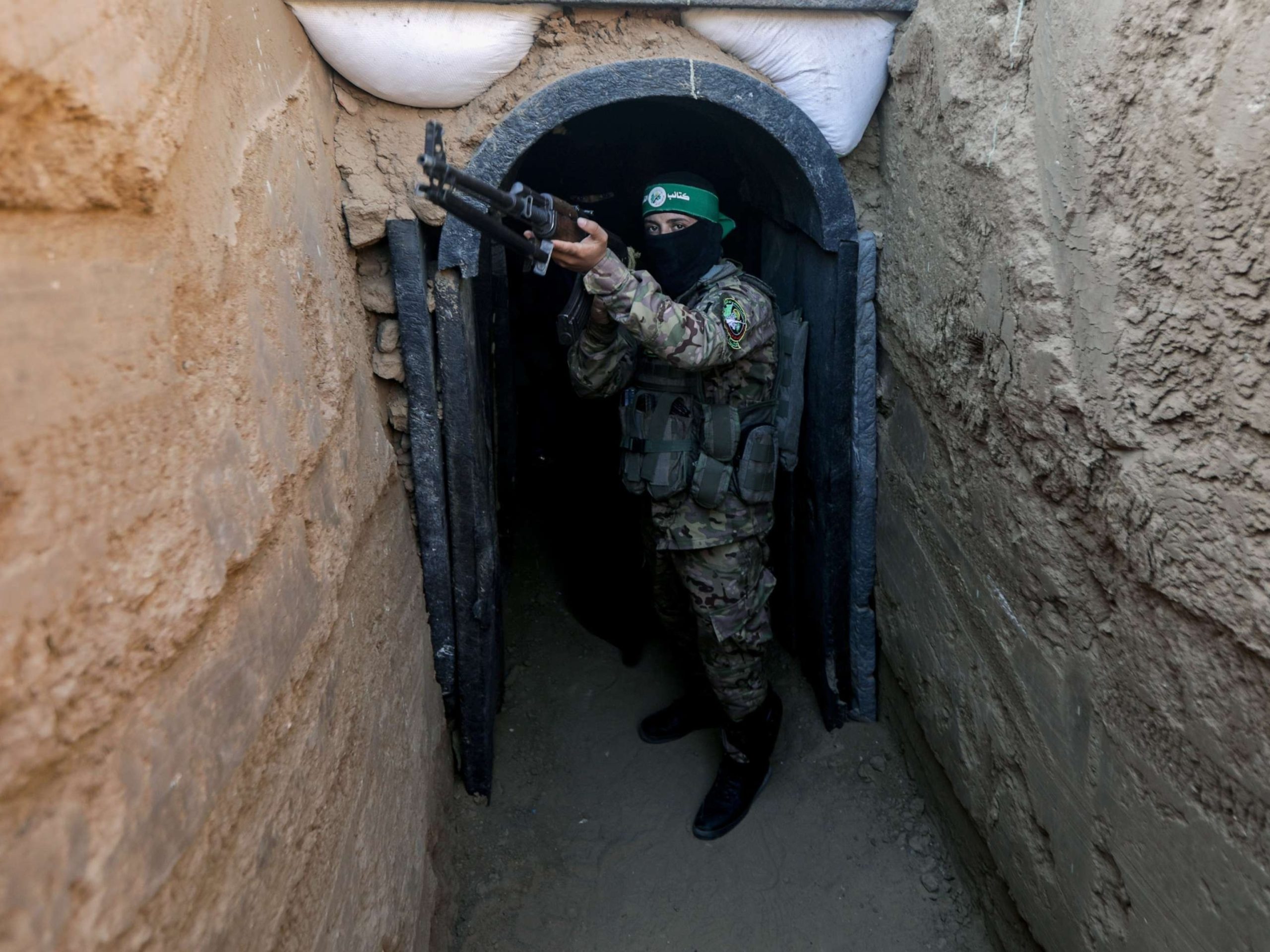The Significance of Gaza’s Tunnels as a Challenge for Israel’s Potential Ground Invasion
The ongoing conflict between Israel and Hamas in the Gaza Strip has once again brought attention to the significance of the tunnels that exist beneath the border. These tunnels have long been a challenge for Israel, and they pose a significant threat in the event of a potential ground invasion.
The tunnels in Gaza serve multiple purposes for Hamas and other militant groups. Initially, they were constructed as a means to smuggle goods and weapons into the blockaded territory. However, over time, their use has evolved, and they now play a crucial role in Hamas’ military strategy.
One of the primary functions of these tunnels is to enable Hamas to bypass Israel’s strict blockade on Gaza. The blockade, which has been in place since 2007, severely restricts the flow of goods and services into the territory. By using the tunnels, Hamas can bring in essential supplies, including food, medicine, and construction materials, without Israeli interference. This allows them to maintain a level of self-sufficiency and control over the population.
Moreover, these tunnels have become a vital tool for Hamas in its military operations against Israel. They serve as hidden passages for militants to infiltrate Israeli territory, launching surprise attacks on Israeli soldiers or civilians. In recent years, there have been several instances where Hamas fighters emerged from these tunnels to carry out kidnappings or ambushes.
The tunnels also serve as storage facilities for weapons and ammunition. Hamas uses them to stockpile rockets, mortars, and other weaponry, which can then be deployed quickly during times of conflict. This underground arsenal provides Hamas with a significant advantage, as it allows them to maintain a constant threat to Israeli communities near the border.
Israel has recognized the threat posed by these tunnels and has made efforts to counter them. In the past, the Israeli Defense Forces (IDF) have conducted numerous operations to locate and destroy these underground passages. However, the task is challenging due to the extensive network of tunnels that exist, some of which are deep underground and reinforced with concrete.
The IDF has employed various methods to combat the tunnel threat. These include advanced technologies such as ground-penetrating radar, seismic sensors, and drones equipped with thermal imaging cameras. Additionally, Israel has developed a specialized unit, known as the “Tunnel Corps,” which focuses solely on locating and neutralizing these tunnels.
Despite these efforts, the tunnels remain a significant challenge for Israel. Their sheer number and complexity make it difficult to completely eliminate the threat. Moreover, Hamas continues to invest resources in tunnel construction and improvement, adapting their techniques to counter Israeli countermeasures.
The significance of these tunnels as a challenge for Israel’s potential ground invasion cannot be overstated. In the event of a large-scale military operation, Hamas could use the tunnels to launch surprise attacks on Israeli forces, disrupting their operations and causing casualties. The underground nature of these tunnels also provides Hamas fighters with protection from airstrikes and artillery fire.
To address this challenge, Israel must continue to invest in advanced technologies and intelligence capabilities to detect and neutralize these tunnels effectively. Additionally, international efforts should be made to address the underlying issues that drive the construction of these tunnels, such as the blockade on Gaza and the lack of economic opportunities for its residents.
In conclusion, the significance of Gaza’s tunnels as a challenge for Israel’s potential ground invasion cannot be ignored. These underground passages serve multiple purposes for Hamas, including smuggling goods, launching attacks, and storing weapons. Israel must continue to develop effective strategies and technologies to counter this threat while also addressing the root causes that drive the construction of these tunnels. Only through a comprehensive approach can the challenge posed by Gaza’s tunnels be effectively mitigated.



